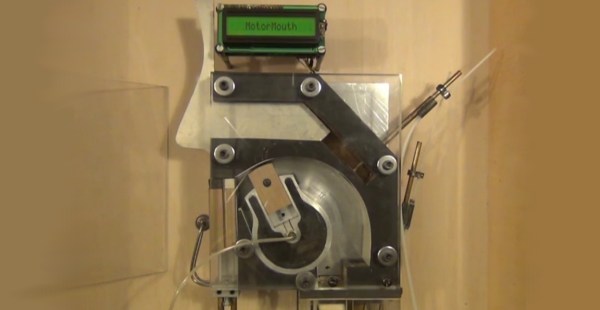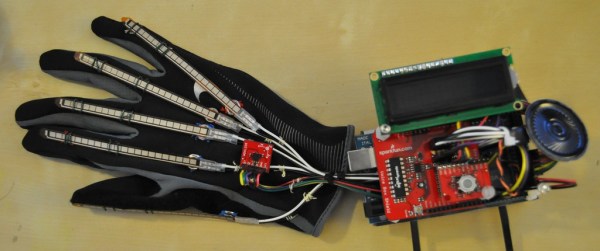Being mute or speech-challenged can be a barrier, and [Raymond Li] has an interesting project to contribute to the 2023 Hackaday Prize: a pair of discreet chording keyboards that allow the user to emit live text-to-speech as quickly as one can manipulate them.

The project leverages recent developments to deliver high-quality speech via an open-source web app called VoiceBox, while making sure the input devices themselves don’t get in the way of personal interaction. Keeping the chorders at waist level and ensuring high-quality speech is generated and delivered quickly goes a long way towards making interaction and communication flow more naturally.
The VoiceBox software is doing the heavy lifting, and there’s not yet much detail about the rest of the hardware used in the prototype. It’s currently up to the user to figure out a solution for a wearable computer or a suitable chording keyboard. Still, the prototype looks like the Charachorder with a 3D-printed mounting solution to locate them at one’s beltline. Of course, the beauty of the underlying system being so standard is that one can use whatever is most comfortable.
















